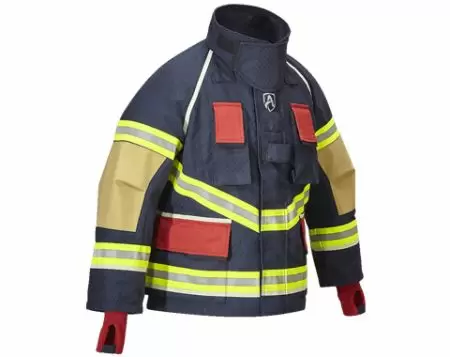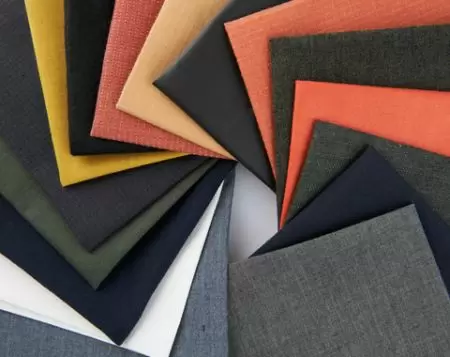[20240312] Comparative Analysis of Outer Shell Composed of High-Performance Fibers: PBO, PBI, and Para-Aramid
When applied to the outer shell of a firefighting suit, PBO, PBI, and para-aramid materials each offer distinct advantages and considerations in terms of performance. Here's a comparison:
1. PBO :
- Strength and Durability: PBO exhibits exceptional tensile strength and durability, making it suitable for applications where ruggedness is crucial. It can withstand mechanical stresses encountered in firefighting scenarios.
- Thermal Resistance: PBO offers high thermal stability, resisting heat and flame effectively. This property is essential in firefighting gear to protect against radiant heat and flames.
- Low Stretch: PBO's low elongation prevents excessive stretching of the fabric under load, maintaining the integrity of the suit over time.
2. PBI :
- Flame Resistance: PBI is renowned for its flame resistance, making it an excellent choice for firefighting suits. It does not melt or drip when exposed to flames, providing added safety to the wearer.
- Thermal Stability: PBI maintains its properties at high temperatures, ensuring reliable performance in extreme firefighting conditions.
3. Para-Aramid :
- High Strength and Abrasion Resistance: Para-aramid fibers like Kevlar offer high strength and excellent resistance to abrasion, providing durability and protection against wear and tear in firefighting environments.
- Flexibility: Para-aramid fabrics are flexible, allowing for ease of movement, which is important for firefighters during operation.
- Chemical Resistance: Para-aramids exhibit resistance to various chemicals, which can be advantageous in situations where exposure to hazardous substances is a concern.
In summary, each material offers unique benefits when applied to the outer shell of firefighting suits. PBO provides exceptional strength and thermal resistance, PBI offers superior flame resistance and thermal stability, while para-aramid materials like Kevlar excel in strength, abrasion resistance, and flexibility. The choice depends on balancing these factors with the specific requirements and priorities of the firefighting application.
To be a global performance leader for firefighting suits and inherently fire resistant fabrics.
[20240312] Comparative Analysis of Outer Shell Composed of High-Performance Fibers: PBO, PBI, and Para-Aramid | Explore KANOX® Fire Safety Apparel: Advanced Fire-Resistant Clothing
Established in 1976, Taiwan K.K. Corporation is headquartered in Taiwan and excels in developing and producing top-tier fire retardant fabrics. Our flagship products, the KANOX® and GORNOX series, are highly esteemed for their superior protection and durability in industrial and safety applications. Committed to innovation and stringent quality standards, KANOX® delivers reliable fire-resistant materials that meet the rigorous demands of various industries, ensuring maximum safety and performance through state-of-the-art manufacturing and comprehensive quality control processes.
KANOX® products are engineered for exceptional durability, enduring the toughest conditions while ensuring optimal performance. Our fire retardant fabrics meet and exceed international safety standards, holding certifications such as ISO 9001, NFPA, and EN. This rigorous certification process guarantees that our fabrics provide reliable, long-lasting protection in critical applications. Our commitment to quality and adherence to stringent certification standards highlight KANOX® as a global leader in fire-resistant materials, trusted for safety and reliability.
With over 48 years of experience and advanced technology, KANOX® FR Fabrics / SUPER ARMOR® Turnout Gears offers top-quality protective fire-resistant clothing for firefighters, ensuring each customer's needs are met.




